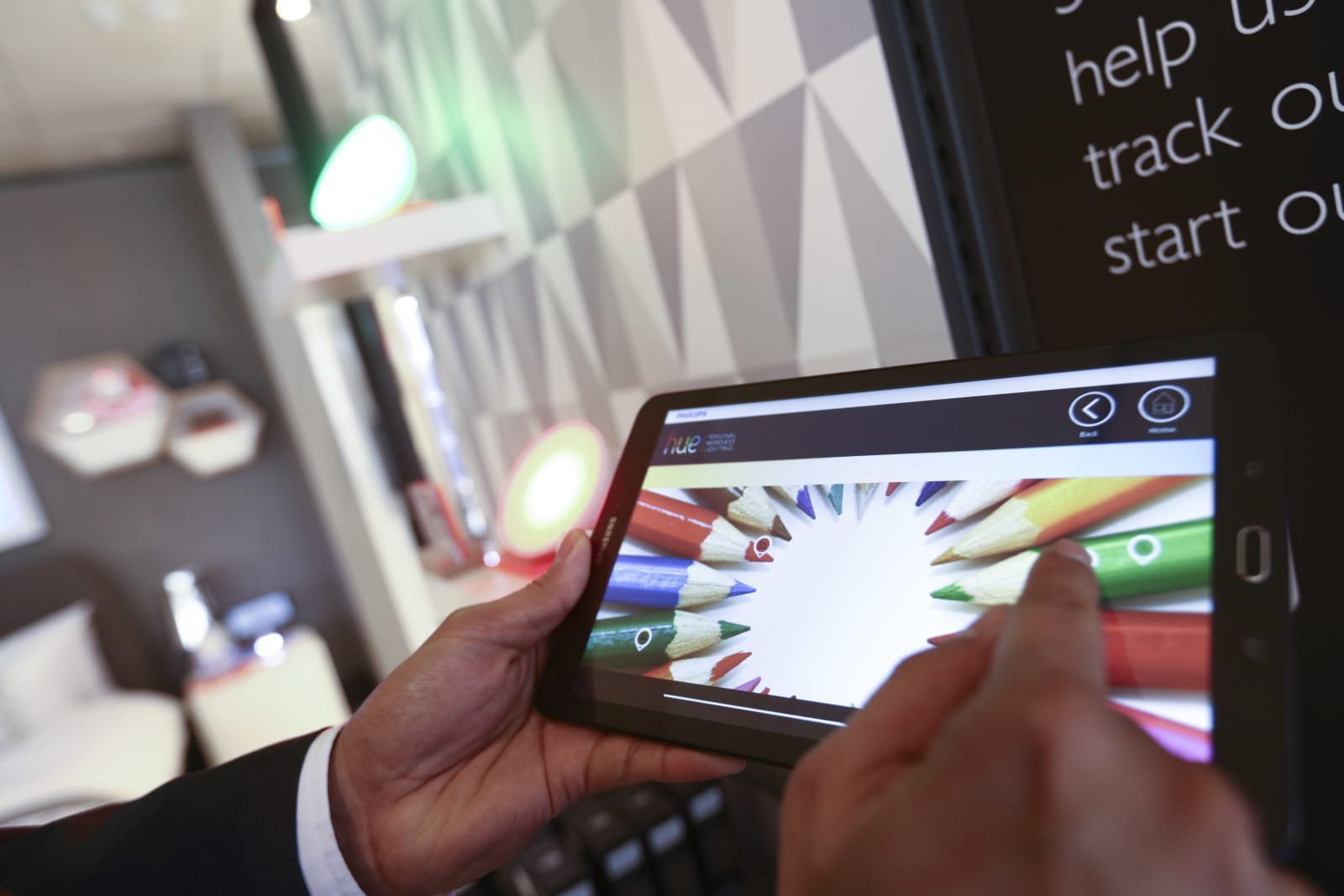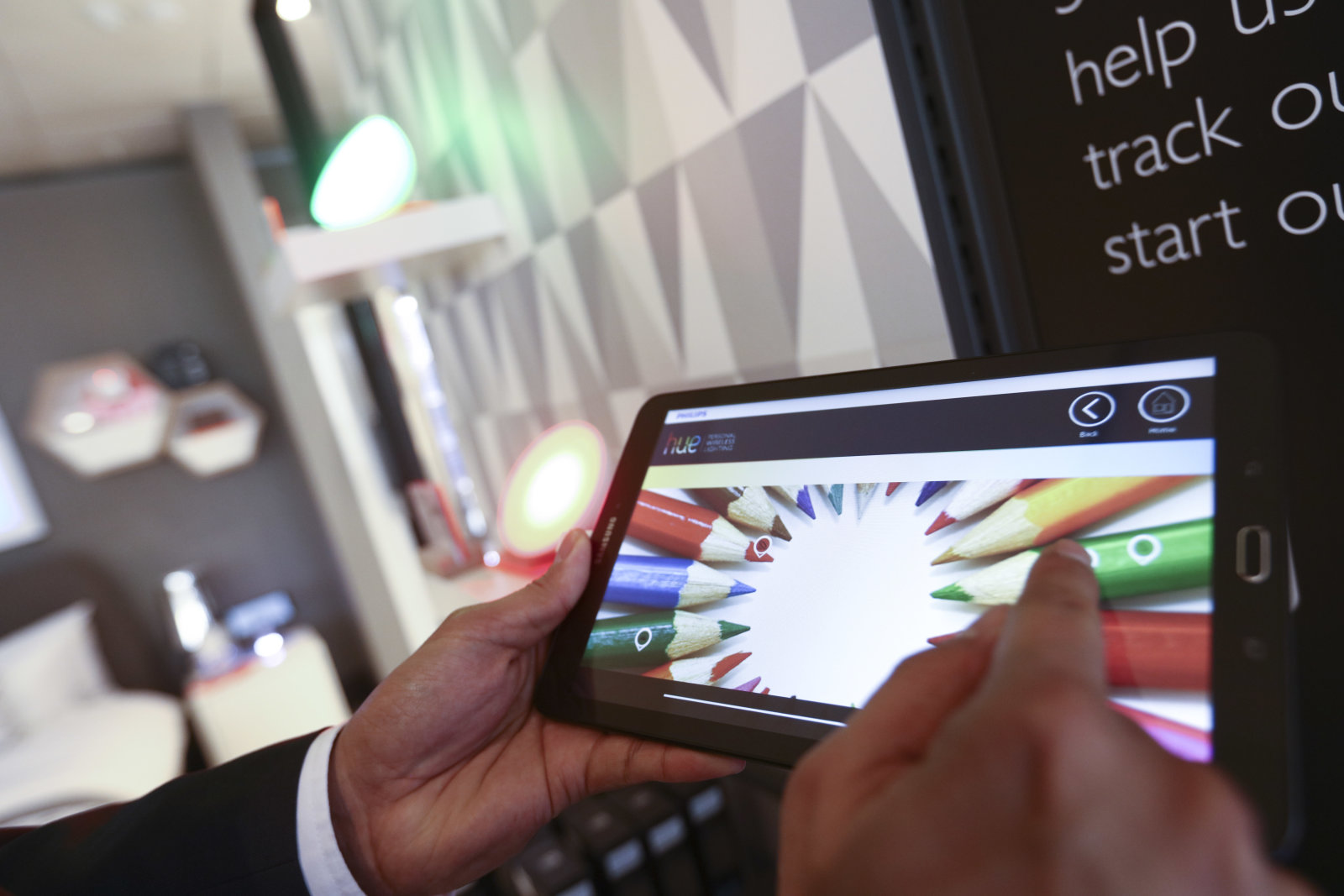Zigbee crafts a universal language for smart home devices
As seamless as smart-home technology is becoming, the devices still tend to sit in isolated ecosystems. Zigbee-based gadgets don’t normally know how to use Nest’s Thread protocol, for example. That’s where the Zigbee Alliance wants to help. It’s launching Dotdot, a “universal language” for Internet of Things devices. The open platform lets hardware makers use Zigbee’s software layer across virtually any other IoT network, increasing the chances that the devices you want to use can speak to each other.
More details of how Dotdot works will be available over the course of 2017. You aren’t going to get all your answers right away, unfortunately. However, one of the first practical demos will involve Dotdot devices running on a Thread network — even at this early stage, it’s more than a theoretical exercise.
The Zigbee Alliance has a clear interest in creating Dotdot. While it’s open, it also makes Zigbee a go-to technology for IoT gear. Why focus on a competing network standard when you can just use Dotdot and expand its support? But it will still help in practice. Instead of having to cherrypick smart-home products based on their protocols, you can focus on their quality.
Click here to catch up on the latest news from CES 2017.
(29)





